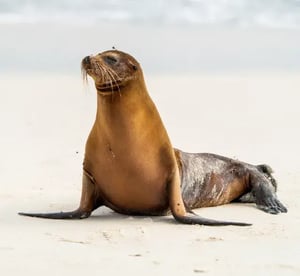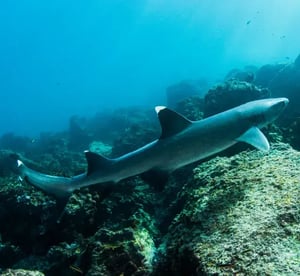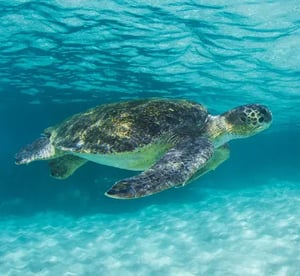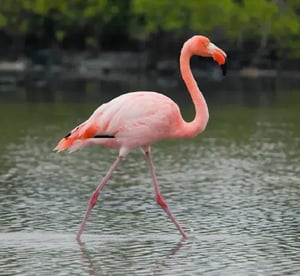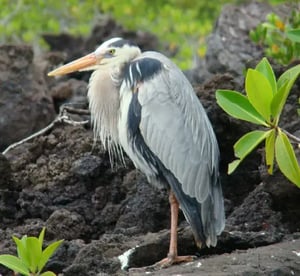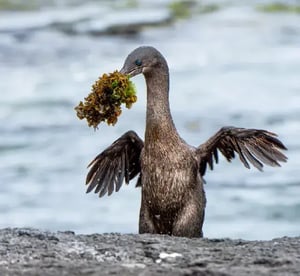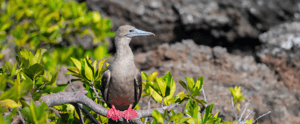
RED-FOOTED BOOBY
In the Galapagos, the red-footed booby bird has two morphs colors of brown or white. Their pointy beaks and their fishing technique has given them the local name “piquero” that means lancer. The red color of its feet can only be seen when they are inland. There are about 30 thousand birds living in the archipelago.
They can plunge dive into the water at high speed since they have unique cushion air-sac bones in the head to protect the brain from the impact. The eyes and nostrils are also adapted to this way of fishing to avoid water from entering during the high-speed dive. They feed mainly on flying fish and squid, and they prefer hunting at dusk or dawn. They can dive down up to 30 meters in pursuit of their prey.
The red-footed booby has a particular requirement for nesting, as they do it only in trees and shrubs. One of the most important bushes for this bird is the Cryptocarpus, whose conservation is directly related to red-footed boobies preservation. Due that they are adapted to being on trees, they are clumsy on the ground and enjoy of extensive territories.
The courtship ritual involves lifting the head and showing their red feet to females, dancing in the nest, which is also an extreme balanced performance. Boobies are opportunistic breeders; they lay one egg that will hatch 45 days late, they are known to live for an estimated of 20 years. Both male and female take care of the offspring for longer than a year until it leaves the nest.
Yes
Endemic
Seabirds
Animal group
Sula sula
Scientific name
66-76 cm
Animal average size
1 kg
Animal average weigth
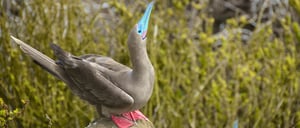
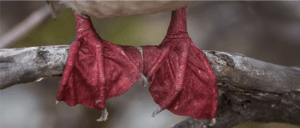
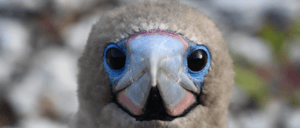
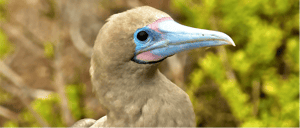
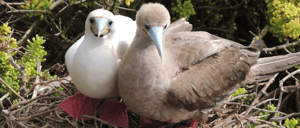
Where to spot this animal?
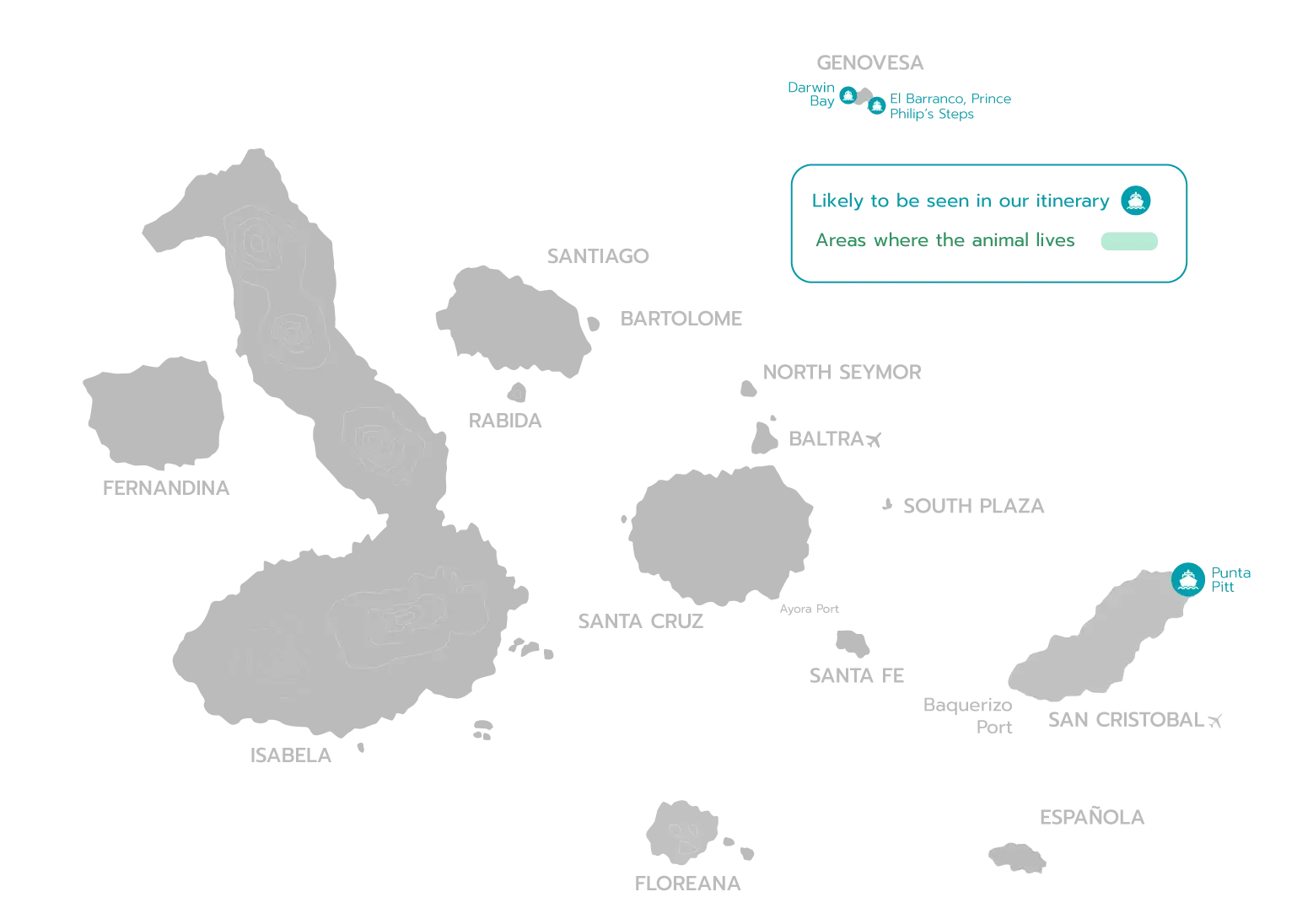
Expeditions where you can find this animal
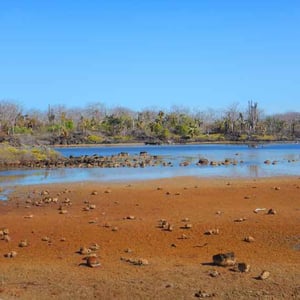
NORTH EXPEDITION (A)
Visitor sites:
> El Barranco, Prince Philip’s Steps
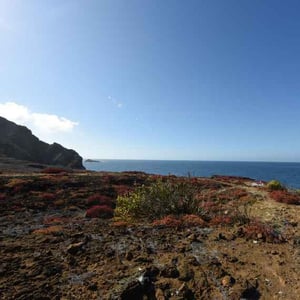
EAST EXPEDITION (C)
Visitor sites:
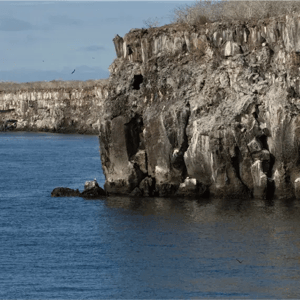
NORTH EXPEDITION (A)
Visitor sites:
> El Barranco, Prince Philip’s Steps

